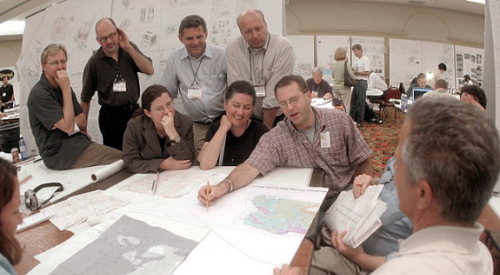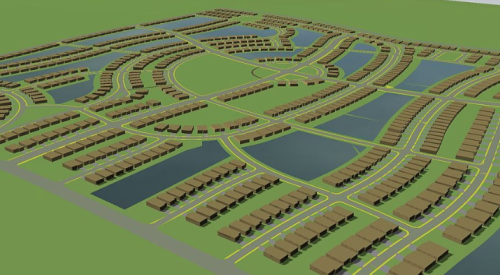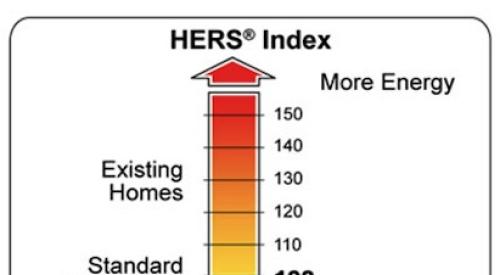Despite the murkiness of last monthÆs presidential election, the message sent out in Colorado and Arizona was crystal clear. In both states, tough, state-wide anti-growth propositions proffered by environmental extremists were resolutely rejected by voters.
ColoradoÆs Sierra Club-backed Amendment 24, the "Responsible Growth Initiative," proposed that cities and counties over a certain size project growth and the impacts of that growth, then draw up a map for voter approval delineating where future development could occur. In Arizona, the "CitizenÆs Growth Management Initiative," or Proposition 202, would have required cities and counties over 2500 to set voter-approved growth boundaries based on 10-year population projections, as well as impose fees on developers for all new services.
Both measures failed largely due to the mounting of grass-roots effortsùand plenty of fundsùmostly by those in the home building industry. Very active coalitions took to the streets to convince voters that the anti-growth propositions would be bad for the states because they would drive up home prices, edge out affordable housing, skew land prices (to the land ownerÆs joy or dismay, depending on what side of the boundary the parcel lay) and greatly limit economic growth across the boards.
So, Now What?
Although that immediate threat is past, few people in the industry are nanve enough to think the issue wonÆt come up again.
Convinced that smart growth will become an increasingly important concern for buildersùboth in the companyÆs native Boulder and across the countryùDowning, Thorpe & James (DTJ) has come up with a set of comprehensive smart growth guidelines. The firm, which offers architecture, planning, landscape architecture and engineering services, used their experience in designing smart growth communities to create an educational poster aimed at builders, developers and local governments. The poster outlines the principles of Smart Growth, including protecting and providing access to the natural environment, incorporating a mix of land uses, encouraging multiple transportation options, providing housing choices and respecting local traditions. And by highlighting smart growth solutions that can occur in all aspects of development and focusing on educating all the players involved, the poster emphasizes the importance of cooperative approaches to growth challenges.
"This is the most significant thing that has energized builders in a long time. The simple fact is that growth is an issue everywhere and builders need to be proactive," says Tom Kopf, senior planner at DTJ who is most responsible for the development of the smart growth guidelines. "The first step is to acknowledge that growth will continue... ThereÆs nothing æsmartÆ about trying to halt growth in your own back yard by shifting it to someone elseÆs."
So far, the poster has been distributed locally and to 500 members of the Urban Land Institute (ULI), and Downing, Thorpe and James has spoken with local builders, developers and municipalities in an attempt to simplify and demystify smart growth. In addition, the DTJ guidelines were the basis of a new category of BALA (Best in American Living Awards), the industryÆs premier housing competition sponsored by NAHB and Professional Builder. In its first year, the smart growth community category attracted twice the applicants organizers anticipated, and they expect an even higher turnout next year.
Also See:










